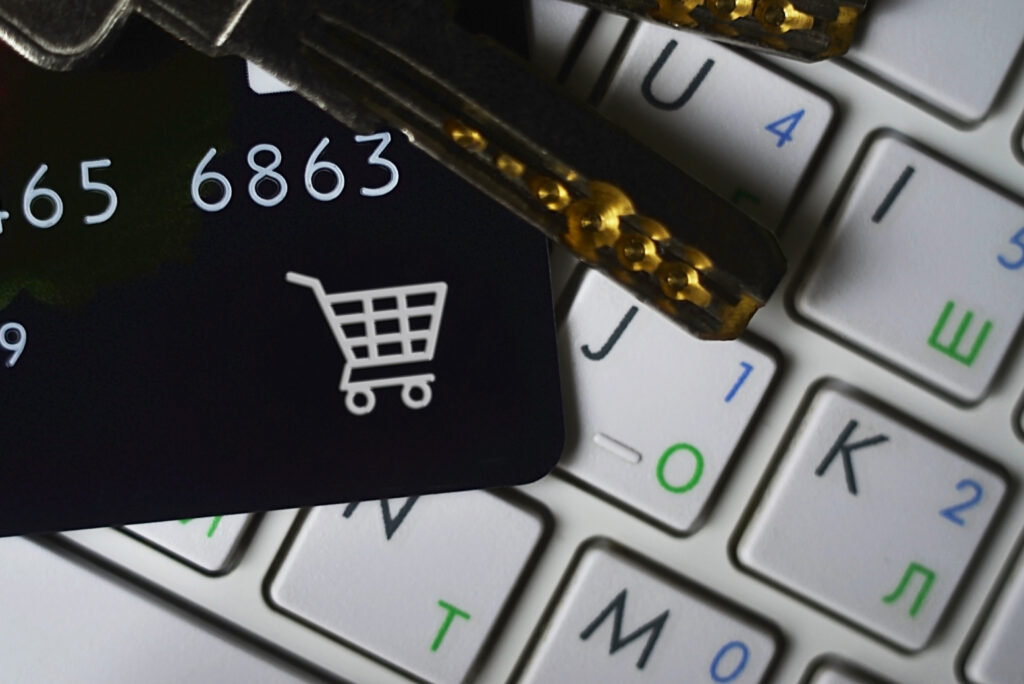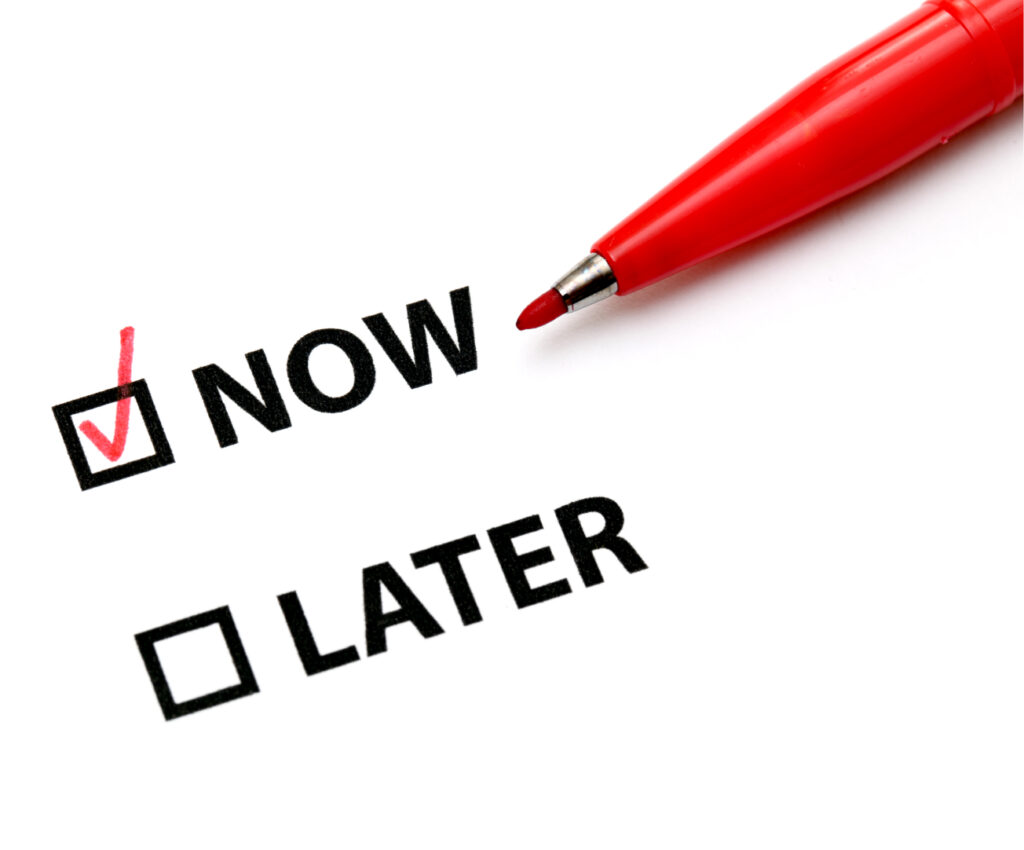You want to optimize product pages for maximum impact because the product page is where your customers decide.
Do they want to purchase or not?
Optimized product pages are essential for efficient conversions and support long-term loyalty.
This article emphasizes e-commerce website product pages, but the ideas apply to any page promoting a product or service.
There are six often interrelated areas to focus on:
- Instantly establish authority and credibility
- Understand the primary purchase motivation, desire, or convince
- Reduce friction by overcoming obstacles
- Build trust
- Communicate and reinforce “Why now?”
- Reduce bounce rates by providing pathways to alternative products
Instantly Establish Authority & Credibility
The first step to optimizing a product page is to build instant authority and credibility with visitors. There are a lot of things involved, including:
- Creating an attractive design,
- Providing plenty of details about the product,
- Offering customer reviews and testimonials, and
- Page load speed.
An attractive, professional design that quickly and clearly communicates information about the product is the easiest way to establish authority and credibility.

Include all the information that a customer needs to make an informed decision. Organize the information in a logical way. Include specifications such as dimensions, material, size, and weight so shoppers can easily understand what they’re buying. Provide detailed images and videos that show the product in action so potential customers can better understand how it works. These things and more will help reduce confusion, which leads to confidence and more purchases.
Another way to quickly establish authority and credibility is to feature customer reviews and testimonials on the product page prominently. Reviews and testimonials help build trust with prospective customers, as they can see what others say about the product before purchasing. Displaying other forms of social proof, such as awards or media mentions, can also help show that your business is credible and authoritative in its industry.
Finally, optimize your product pages to ensure that they load quickly.
The highest e-commerce conversion rates occur on pages with load times between 0-2 seconds. With each additional second of load time, website conversion rates drop by an average of 4.42%, the study says.
HubSpot
Page load speed is a trust event. It supports the brand’s overall professionalism. If the page takes more than a second to load, the consumer starts thinking about this rather than their purchase.
Understand the Primary Purchase Motivation—Is it Desire or Convince?
Understanding your customers’ primary purchase motivations is key to optimizing e-commerce product pages. You need to be aware of what drives them to make a purchase. Is it emotional or practical? Are they looking for convenience, price, quality, ongoing customer support, or something else?

The best way to understand this is through customer research, including interviews with existing customers, surveys, focus groups, and more. Knowing what your customers are looking for from a product will help you select the appropriate images and create copy that matches their needs. Optimizing the product page to support the buyer’s journey results in more high-quality sales.
Depending on your assessment of the average customer’s purchase motivation, you can also include stories about how a product has made a difference in someone’s life—testimonials from existing customers or any other content that speaks to the customer’s needs and desires.
Finally, clearly explain why your product is the best choice for them. Even emotional purchases need objective evidence. Nobody buys a Mercedes based on factual evidence. It’s an emotional decision. Yet, Mercedes owners can describe their car’s features and quality at length. Describe the product’s features and benefits so customers can easily understand why it’s worth their money.
Lead with the primary motivations, whether emotional or practical, and be sure to provide the other as well. Executed well, this can make a huge difference in your e-commerce conversion rate and will support loyalty.
Reduce friction by overcoming obstacles.

If you want your e-commerce business to succeed, you must ensure customers have a smooth and effortless experience when visiting your product page.
Here are some strategies to reduce friction by overcoming product-specific obstacles.
Customers who visit your product page should be able to quickly and easily find what they’re looking for. Put things where they expect to see them, and be consistent across all your product pages. Use clear labels for the information. This will help customers quickly locate the needed information without getting frustrated or overwhelmed.
Breadcrumbs are also a helpful navigation tool, especially on mobile devices. Breadcrumbs make it easy to move back up their path to continue their search for a solution.
Provide Detailed Descriptions of Products
No one likes surprises when it comes to shopping online, which is why it’s crucial to provide detailed descriptions of each product on your website. This is so important that we’ve mentioned it more than once in this post. Customers want to know exactly what items look like, how much they cost, and any other pertinent information before purchasing. Also, make sure you include plenty of photos from different angles and videos so potential buyers can better understand what the item looks like in real life.
Call out and address the major purchase obstacles
Consider and address any objections that your customers might have. Their objections can be emotional; they can be functional; they can be reputation. Address all objections or perceptions, correct or not, that your customers hold about your products clearly and honestly.
Use titles in your long description to call out key objections. Don’t dance around the issues. Step up to them and knock them down.
An FAQ section is another effective way to address objections. And FAQs have the added value of being SEO friendly.
Build Trust

Everything we’ve talked about up to here contributes to trust. This is especially true for customer reviews. They are one of the best ways to reduce friction and build trust. Reviews are even more effective when they are product specific and speak to common complaints.
People trust word-of-mouth recommendations more than anything else, so giving them access to reviews will help them feel more confident about their purchase decision. Include plenty of positive reviews from past customers who were satisfied with their purchase experience.
“How many five-star reviews does it have?”
Don’t obfuscate by using complex language (pun intended). The product page copy should be clear, jargon-free, and practical.
Include accurate images. Show the product on its own and in use. Use a video that demonstrates product usage.
Page load speed is another trust event. According to studies, if a page takes more than 2 seconds to load, customers will likely abandon it and look elsewhere. If it takes seconds to load, the customer wonders how serious this business is. If the page loads quickly, it leaves the impression that the company is serious and can be trusted. Make sure that your pages load quickly and efficiently.
Additionally, mobile optimization is vital. Ensure page elements are sized correctly and spaced to be easily readable on mobile screens. Don’t place the Add to Cart button in a spot that’s hard to reach with your thumb. You should also ensure that links, buttons, and forms are optimized for touchscreens and can be touched easily by fat fingers.
Another important element of e-commerce product pages is payment options. Customers want to choose a payment method that works for them, so making it easy for your customers to purchase by providing multiple options is important and builds trust.

Your checkout should include traditional methods like credit cards and newer methods like PayPal, Apple Pay, and Google Pay.
It’s also important to communicate that your payment methods are secure. This involves ensuring your site is encrypted correctly, and customers’ information is kept safe. Modern shopping carts do this automatically, but it’s still important to communicate what’s being done on their behalf. Additionally, you should provide customers with a clear explanation of how their data is being used and stored. If you plan to add them to your email list, tell them that this will happen. Then send a welcome email automatically that thanks them for their purchase, tells them what they can expect from the e-newsletter, and gives them an easy way to unsubscribe if they aren’t interested.
Finally, include an option for customers to save their payment information. This will help returning customers by making the checkout process much faster and easier.
We’ve spent a lot of time on trust because it’s crucial. In summary, include customer reviews, clear and accurate copy, and images. Ensure that your pages load quickly and are optimized for mobile devices. And provide multiple payment options. All these will lead to better customer experience and increased trust. And trust improves your conversion rate and fosters customer loyalty.
Communicate and reinforce “Why now?”
In e-commerce product pages, it is important to communicate and reinforce why now is an ideal time for customers to purchase. This means highlighting the benefits of purchasing now versus in the future or from another company. Communicating these reasons clearly and effectively will help you convince potential buyers that now is the best time to make their purchase.
Using limited-time offers is one way to communicate and reinforce ‘why now.’ For example, you could create a sense of urgency by offering discounts or free shipping for orders placed within a specific time period. This encourages customers to act quickly and purchase before the offer expires. Additionally, you can promote other benefits, such as free returns or bonus items that are only available for a limited time.
By showing customers related products and products relevant to their interests and highlighting special discounts, you can encourage them to purchase immediately. The “Customers like you often purchase…” messaging is a common example of this.
Visual cues like countdown timers create a sense of urgency and remind customers that the offer will expire soon.

Finally, supporting ‘why now’ can be achieved through social proof. By displaying product-specific customer reviews or testimonials on your product pages, you help customers understand why others have chosen to purchase this product from you and why they should do the same. Additionally, you can show off awards or recognitions demonstrating your company’s trustworthiness to encourage customers to buy now.
By emphasizing the benefits of buying now rather than later on your product page, you can effectively convince potential buyers to purchase. Communicating and reinforcing ‘why now’ will create a sense of urgency and help customers understand why they should buy immediately instead of waiting until later. Strategies such as limited-time offers, personalized offers, and product-specific social proof can help reinforce the message and ensure that customers make informed decisions.
Reduce Bounce Rates by Providing Pathways to Alternative Products

Bounce rates can be a huge issue for e-commerce product pages. When customers leave a page without taking action, it suggests they’re not interested in the product, but this doesn’t mean they aren’t interested in what you are selling. To reduce bounce rates and increase conversions, provide pathways to related products on the same page.
For example, you could include a section of related products that customers can click on if they’re not interested in the item they were initially viewing. This helps to keep customers engaged and prevents them from leaving the page out of boredom or confusion. You could also add a “Similar Products” section showcasing items customers may want based on browsing.
Or, you could use either an “Upsell” or a “downsell” strategy and suggest higher-priced versions of the product they are viewing or a low-cost alternative.
Finally, include a search box on your product pages so customers can easily find what they’re looking for if the page they are on isn’t what they need. Make it easy for customers to quickly find related items without browsing through all of your products.
These ideas will help to reduce bounce rates and keep customers engaged with your store.
Conclusion – Optimize E-commerce Product Pages
In conclusion, optimizing your e-commerce product pages involves more than just adding descriptions and images. You need to:
- Establish your authority and credibility
- Use copy that supports the customers’ journey and reduces friction by overcoming obstacles
- Build trust with reviews, fast page load, and multiple payment options that are easy to use and secure
- Add urgency
- Reduce bounce rate by providing pathways to alternative products
Optimizing your product pages will provide a better customer experience. And a great shopping experience will increase your conversion rate and foster long-term loyalty.
Author: James Hipkin
Since 2010, James Hipkin has built his clients’ businesses with digital marketing. Today, James is passionate about websites and helping the rest of us understand online marketing. His customers value his jargon-free, common-sense approach. “James explains the ins and outs of digital marketing in ways that make sense.”
Use this link to book a meeting time with James.

